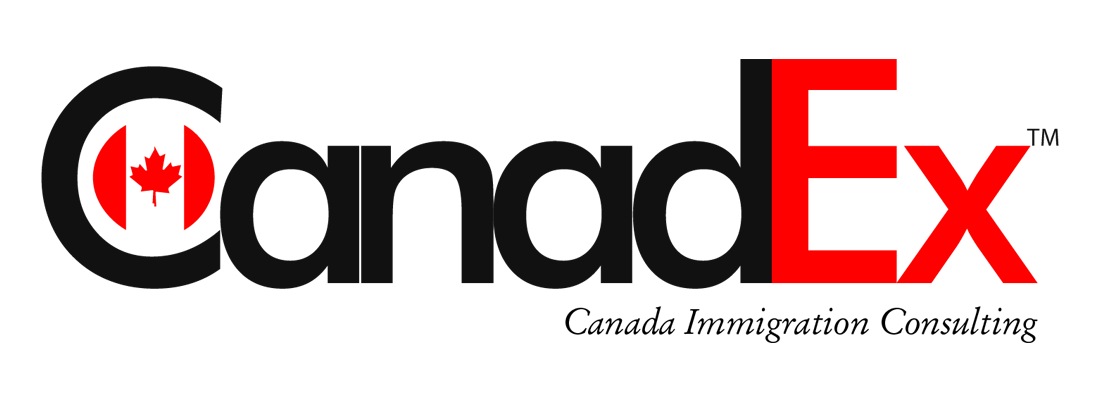When considering immigration to Canada, navigating through the myriad of pathways can be overwhelming. Among the most prominent routes are the Express Entry system and the Provincial Nominee Programs (PNPs). Each presents its own set of advantages and considerations, making the decision a crucial one for aspiring immigrants. Let’s delve deeper into these options to help you make an informed choice.
Understanding Express Entry
The Express Entry system serves as a cornerstone for economic immigration to Canada. It encompasses three primary programs:
- The Federal Skilled Worker Program (FSWP)
- The Federal Skilled Trades Program (FSTP)
- The Canadian Experience Class (CEC)
In 2024, Express Entry is slated to be the leading pathway for newcomers, with an anticipated intake of 110,700 permanent residents. To be eligible, individuals must meet specific criteria tailored to each program. Once deemed eligible, candidates enter the Express Entry pool, where they are assigned Comprehensive Ranking System (CRS) scores based on various factors such as work experience and human capital attributes.
Subsequently, candidates await draws conducted by Express Entry, wherein those with CRS scores meeting the specified threshold receive Invitations to Apply (ITAs) for permanent residence. Upon receiving an ITA, applicants must submit their PR application to Immigration, Refugees, and Citizenship Canada (IRCC) within 60 days. Successful applicants are then granted permanent residency, allowing them to settle and thrive in Canada.
The Role of Provincial Nominee Programs (PNPs)
Provincial Nominee Programs (PNPs) offer another avenue for immigration, enabling provinces and territories to address local demographic and labor market needs. These programs come in two forms: Base PNPs and Enhanced PNPs.
Base Provincial Nominee Programs
Base PNPs are independent streams managed by provincial or territorial governments. Unlike their enhanced counterparts, they are not aligned with the Express Entry system. Each province or territory administers its own Base PNP, each with its unique eligibility criteria. These criteria often revolve around factors such as residency, employment, and skill sets deemed beneficial to the local economy.
Enhanced Provincial Nominee Programs
Enhanced PNPs, on the other hand, are closely linked with Express Entry. Provinces and territories may invite candidates from the Express Entry pool to apply through these streams, providing them with an additional 600 CRS points upon nomination. This significantly enhances their chances of receiving an ITA for permanent residency.
Making the Decision: Express Entry vs. PNP
The choice between Express Entry and PNP depends on various factors, including individual circumstances and preferences. Here are some key considerations:
- Eligibility Criteria: Assess whether you meet the specific requirements of either Express Entry or a Base PNP. Factors such as work experience, education, and language proficiency play a significant role in determining eligibility.
- CRS Score: If you have a high CRS score and meet the eligibility criteria for Express Entry, this pathway may offer a faster route to permanent residency. However, if your score is lower, exploring PNP options could be advantageous, particularly through enhanced streams.
- Regional Preferences: Consider whether you have a preference for a particular province or territory in Canada. If so, researching the Base PNPs offered by that region can help tailor your immigration strategy accordingly.
- Long-Term Goals: Reflect on your long-term goals and aspirations in Canada. Certain provinces may offer better opportunities in your field of expertise or align more closely with your lifestyle preferences.
Conclusion
Both Express Entry and PNPs represent viable pathways to immigration in Canada. By thoroughly evaluating your options and considering your circumstances, you can make an informed decision that sets you on the path to a successful and fulfilling life in the Great White North.
Interested in Immigrating to Canada?
